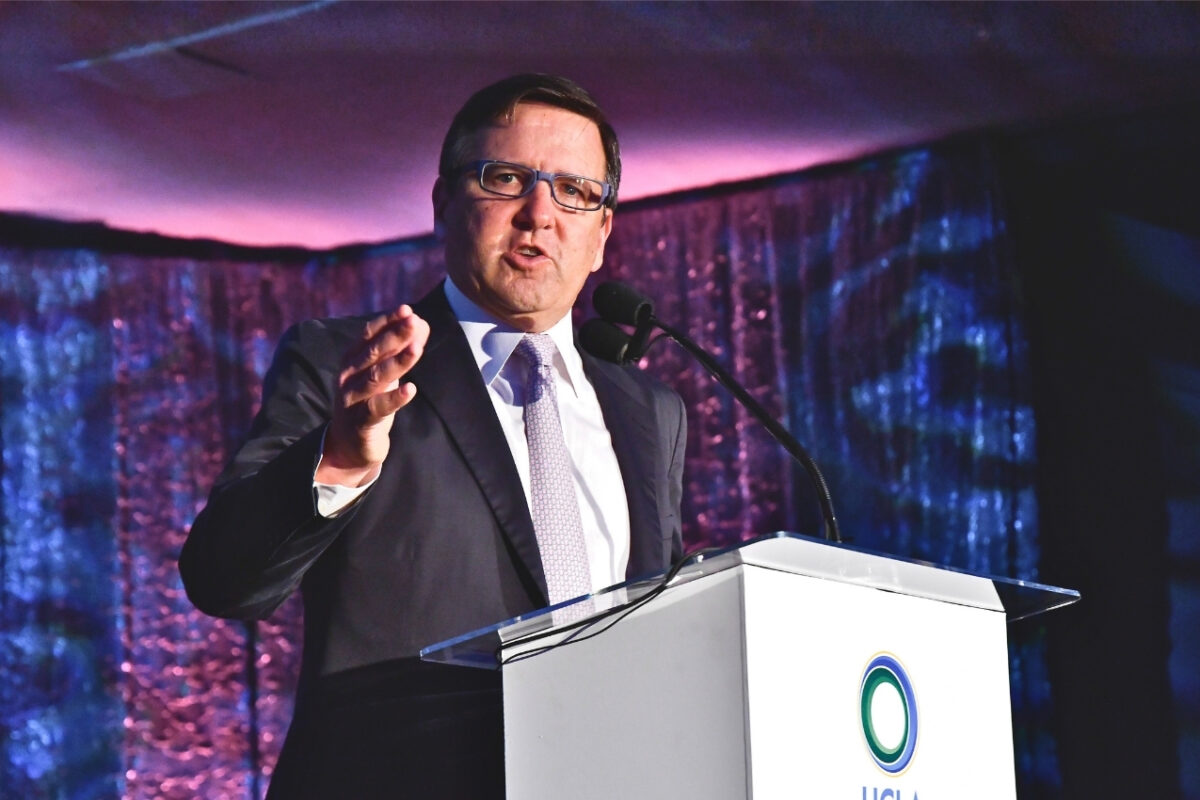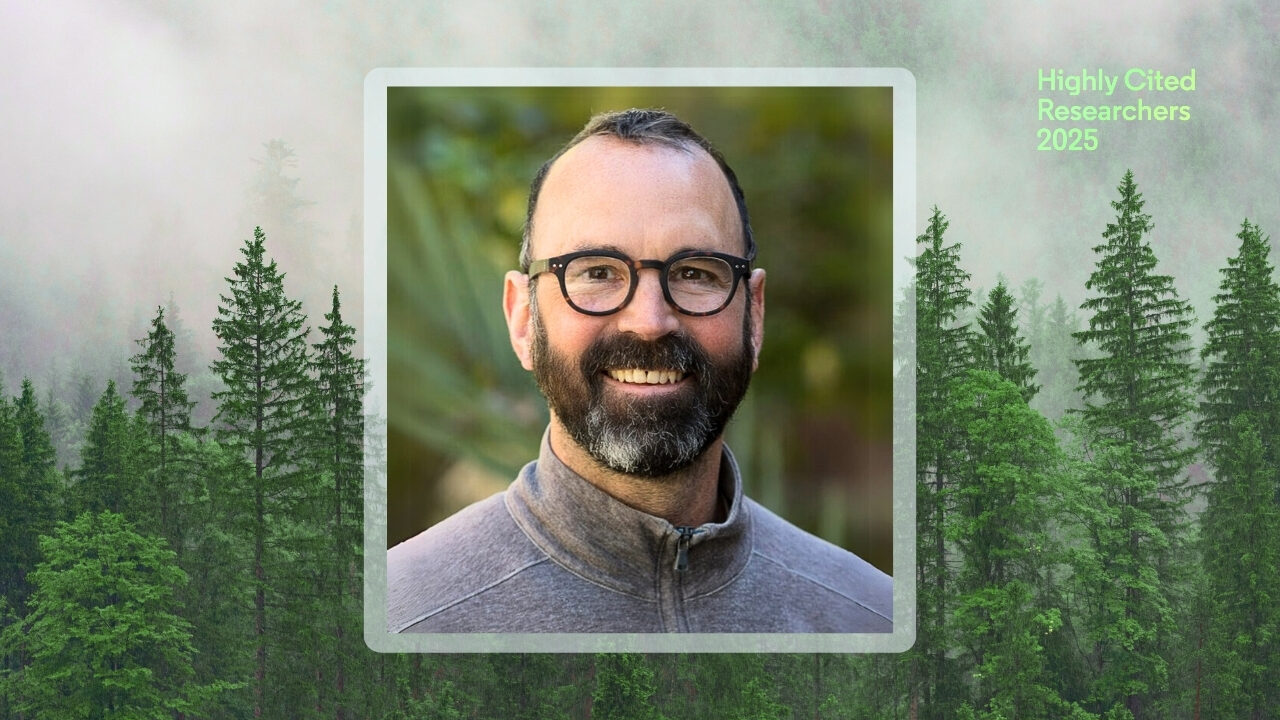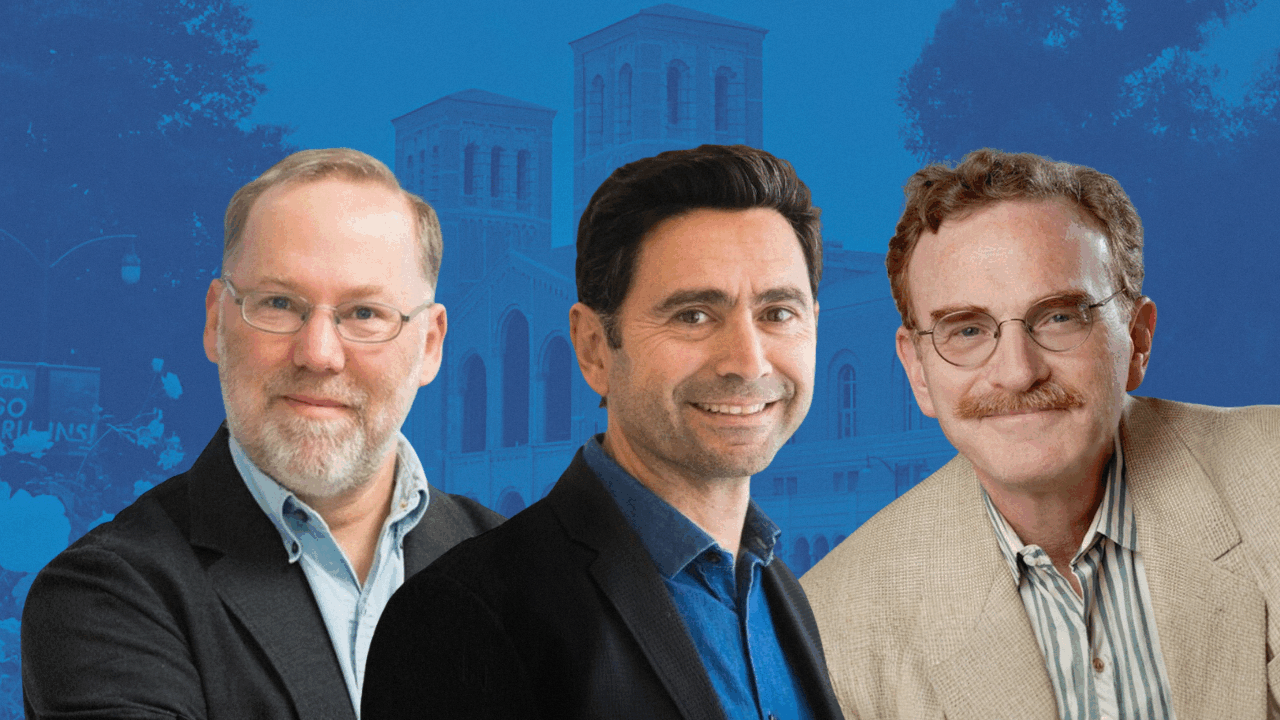
Tony Pritzker’s ‘patient strategy for the planet’ featured in Mongabay
The feature traces how an engineer’s logic — and a long view of progress — shape Pritzker’s approach to environmental change
In a conversation with the global environmental news outlet Mongabay, Tony Pritzker describes his work in the language of systems and engineering rather than philanthropy. His approach to the environment, he says, is rooted in iteration: set a goal, verify the data and stay with the problem until the numbers shift.
That mindset — a “patient strategy” — has guided his work from industrial settings to coastal restoration projects. Over the past two decades, Pritzker has applied the tools of design thinking to environmental challenges that resist quick fixes.
In Los Angeles, his work with Heal the Bay supported stormwater treatment at Hyperion, one of the nation’s largest water reclamation facilities. The system now prevents hundreds of millions of gallons of polluted runoff from flowing into Santa Monica Bay each year, improving water quality for coastal communities and marine life.
“Science is science and it’s fact-based,” he told Mongabay. “You have to set very specific goals and work toward them. They can happen relatively quickly, though not overnight.”
The feature threads these stories through his larger philosophy: progress comes from precision and persistence. It’s the same principle behind the Pritzker Emerging Environmental Genius Award, launched by Pritzker through UCLA’s Institute of the Environment and Sustainability nearly a decade ago to recognize early-career innovators advancing practical solutions to environmental challenges. Modeled partly on the MacArthur ‘genius’ grants, the $100,000 annual prize has surfaced scientists, entrepreneurs and community organizers working from Sumatra to Sydney.
“If you come to the award ceremony you become an optimist,” Pritzker said. “You’re seeing people changing the world now.”
That optimism is grounded in results. Past laureates of the award have driven national bans on Amazon oil extraction, designed affordable water systems for small farms and organized networks that protect community forests from illegal logging. Each project carries the same through line — local solutions built to scale globally. The next Pritzker Award laureate will be named October 8 at UCLA, extending the award’s reach into its ninth year.
The award is part of Pritzker and UCLA’s broader effort to link research, innovation and real-world application in environmental problem-solving. “Tony’s generous and visionary support has been absolutely foundational to the growth and success of the UCLA Institute of the Environment and Sustainability (IoES),” said Alex Hall, director of UCLA IoES. “He’s the type of partner that gets involved well beyond financial support. As the inaugural chair of our IoES Board of Advisors, his leadership helped build IoES into a globally recognized hub for environmental solutions.”
“Find something you care about and get involved,” Pritzker told Mongabay. “Get started. Take the first step.”
Read the full Mongabay interview by Rhett Ayers Butler → Tony Pritzker’s patient strategy for the planet




